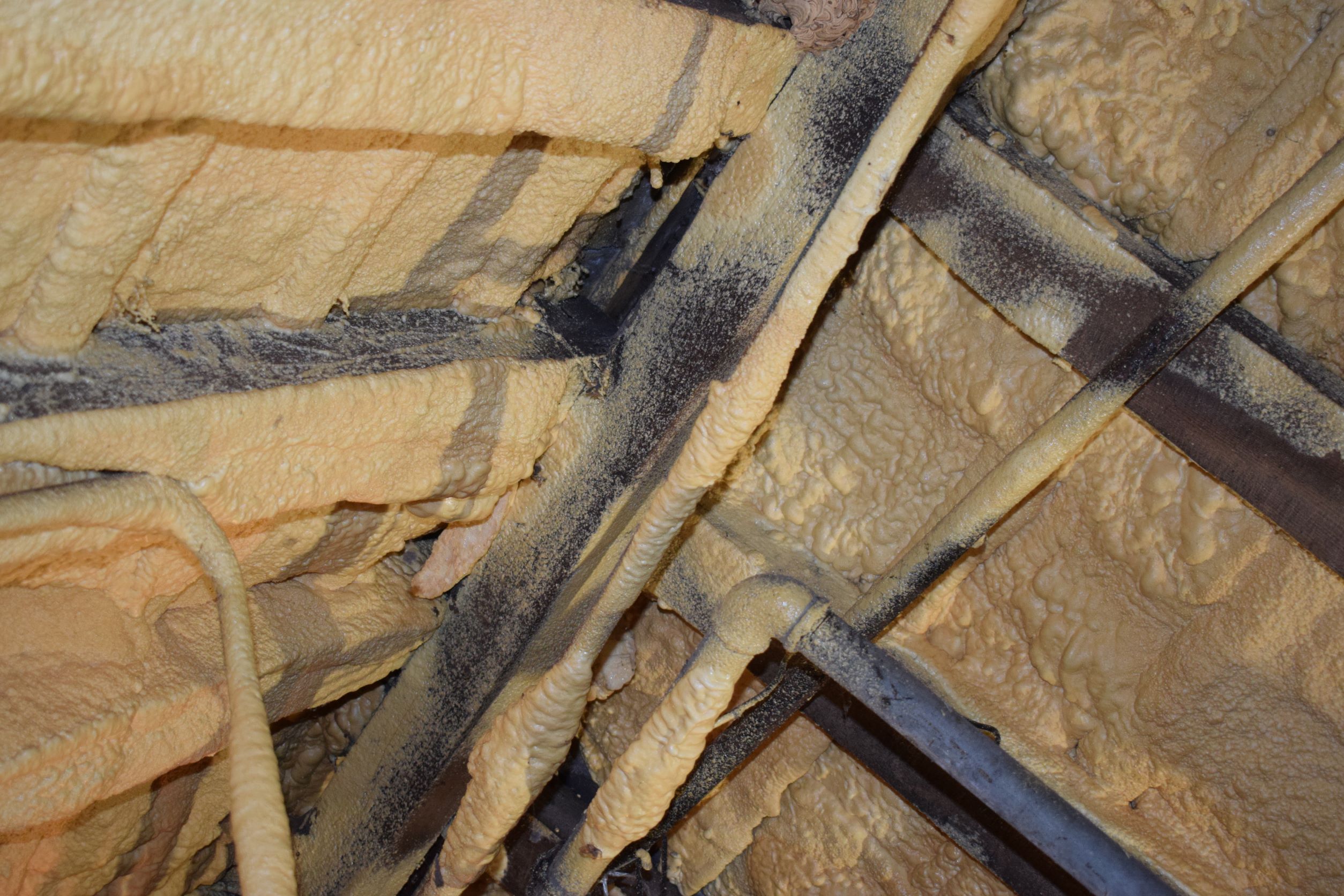When it comes to insulation materials, fiberglass has long been a popular choice due to its affordability and availability. However, as technology advances, new materials with higher R-values are emerging, offering improved thermal performance and energy efficiency. In this article, we will delve into alternatives that surpass fiberglass in terms of R-value, providing you with valuable insights into the latest advancements in insulation.
- Spray Foam Insulation:
Spray foam insulation is a cutting-edge solution that has gained traction in recent years. It consists of a mixture of polyurethane and isocyanate, which, when combined, expand and create a dense foam. This foam fills gaps and seals cracks, providing an airtight barrier that prevents heat transfer. With an R-value ranging from 6 to 7 per inch, spray foam insulation offers significantly higher thermal resistance than fiberglass. - Cellulose Insulation:
Cellulose insulation is an eco-friendly option that utilizes recycled materials, such as newspaper or cardboard, treated with fire retardants. This loose-fill insulation is blown into wall cavities or attics, forming a dense layer that effectively traps heat. With an R-value of approximately 3.5 to 3.8 per inch, cellulose insulation offers a higher thermal resistance compared to fiberglass. - Mineral Wool Insulation:
Mineral wool insulation, also known as rock wool or slag wool, is made from natural minerals like basalt or slag. It is manufactured by melting these materials and spinning them into fibers, which are then formed into batts or loose-fill insulation. With an R-value ranging from 3.0 to 3.3 per inch, mineral wool insulation provides superior thermal resistance and excellent soundproofing capabilities. - Polyisocyanurate (Polyiso) Insulation:
Polyiso insulation is a type of rigid foam board insulation that offers exceptional thermal performance. It is composed of a closed-cell foam core sandwiched between two facers, typically made of foil. With an R-value of around 6.0 to 7.2 per inch, polyiso insulation surpasses fiberglass in terms of thermal resistance, making it an ideal choice for both residential and commercial applications.
Conclusion:
While fiberglass insulation has been a staple in the industry for decades, there are now several alternatives that offer higher R-values and improved energy efficiency. Spray foam insulation, cellulose insulation, mineral wool insulation, and polyisocyanurate insulation are just a few examples of these advanced materials. By considering these alternatives, you can enhance the thermal performance of your building, reduce energy consumption, and create a more comfortable living or working environment.

